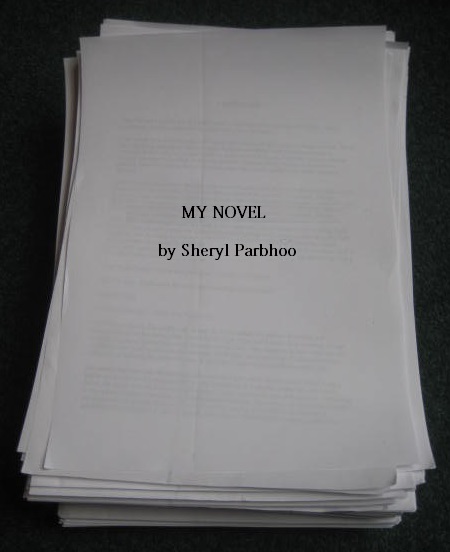
While a book’s plot can go anywhere, story structure isn’t as flexible. With your plot laid out in front of you, it’s easier to move scenes around (or toss them out entirely).ĭuring this part of your edit, don't worry if you feel like you're losing the plot (!) - you’ll always have a guiding light in the form of story structure. Pro-tip: Write a 1-sentence summary of each scene on individual flashcards and pin them onto a corkboard. Does the plot match the conventions of your genre?.Do the plot twists make sense? Are there plot holes in the story?.
 Are all major and minor narrative threads tied up by the ending?. Do plot points flow logically and gather or maintain momentum?. Here are some plot questions from our editing checklist: It should also deliver on what the setup of the story promises (for example, a detective novel should really involve some detectin’). At the most basic level, your plot simply has to connect in a logical order that escalates towards some sort of climax. Plot consists of a story's connected events, with each leading to another plot point. With that in mind, your first stage of editing will deal with these broad-stroke issues. If your plot is water-tight, your structure is strong, and your characters are relatable and grow in a satisfying way, you’re halfway there already. What kind of editing does your book need?Ģ. And remember: if you wrote something amazing, you can do the same again - so don’t sweat it. Again, don’t stress: you can always file away your ‘deleted scenes’ in case you can use them later. Writers often hear the advice “ kill your darlings,” meaning that you should cut out any wonderful passages that don’t serve the bigger picture. (image: PBS) Understand that you’ll be cutting out some of your favorite parts Don't paint those happy trees until you've done your mountains. You’ll be doing multiple rounds of editing that look at different elements of your writing, so don’t worry about making each sentence perfect before you move on. That’s the approach you should take when self-editing your book. They don’t start by shading a tiny tree in painstaking detail - they begin by sketching out the mountains and the river. When you're ready, pick it up and read it, as if you've never read it before.” Don’t try to fix everything at the same time
Are all major and minor narrative threads tied up by the ending?. Do plot points flow logically and gather or maintain momentum?. Here are some plot questions from our editing checklist: It should also deliver on what the setup of the story promises (for example, a detective novel should really involve some detectin’). At the most basic level, your plot simply has to connect in a logical order that escalates towards some sort of climax. Plot consists of a story's connected events, with each leading to another plot point. With that in mind, your first stage of editing will deal with these broad-stroke issues. If your plot is water-tight, your structure is strong, and your characters are relatable and grow in a satisfying way, you’re halfway there already. What kind of editing does your book need?Ģ. And remember: if you wrote something amazing, you can do the same again - so don’t sweat it. Again, don’t stress: you can always file away your ‘deleted scenes’ in case you can use them later. Writers often hear the advice “ kill your darlings,” meaning that you should cut out any wonderful passages that don’t serve the bigger picture. (image: PBS) Understand that you’ll be cutting out some of your favorite parts Don't paint those happy trees until you've done your mountains. You’ll be doing multiple rounds of editing that look at different elements of your writing, so don’t worry about making each sentence perfect before you move on. That’s the approach you should take when self-editing your book. They don’t start by shading a tiny tree in painstaking detail - they begin by sketching out the mountains and the river. When you're ready, pick it up and read it, as if you've never read it before.” Don’t try to fix everything at the same time 
Neil Gaiman puts it this way: “Once it's done, put it away until you can read it with new eyes. It is a truth universally acknowledged that you should set your manuscript aside for a few days before you begin editing. To get you in that editing frame of mind, here are a few pointers: Give yourself a bit of time Editing, on the other hand, is an analytical, problem-solving process where you’ll slowly chip away at that lumpy draft until you have something you’re proud of. Writing a first draft is an act of pure creation.






 0 kommentar(er)
0 kommentar(er)
